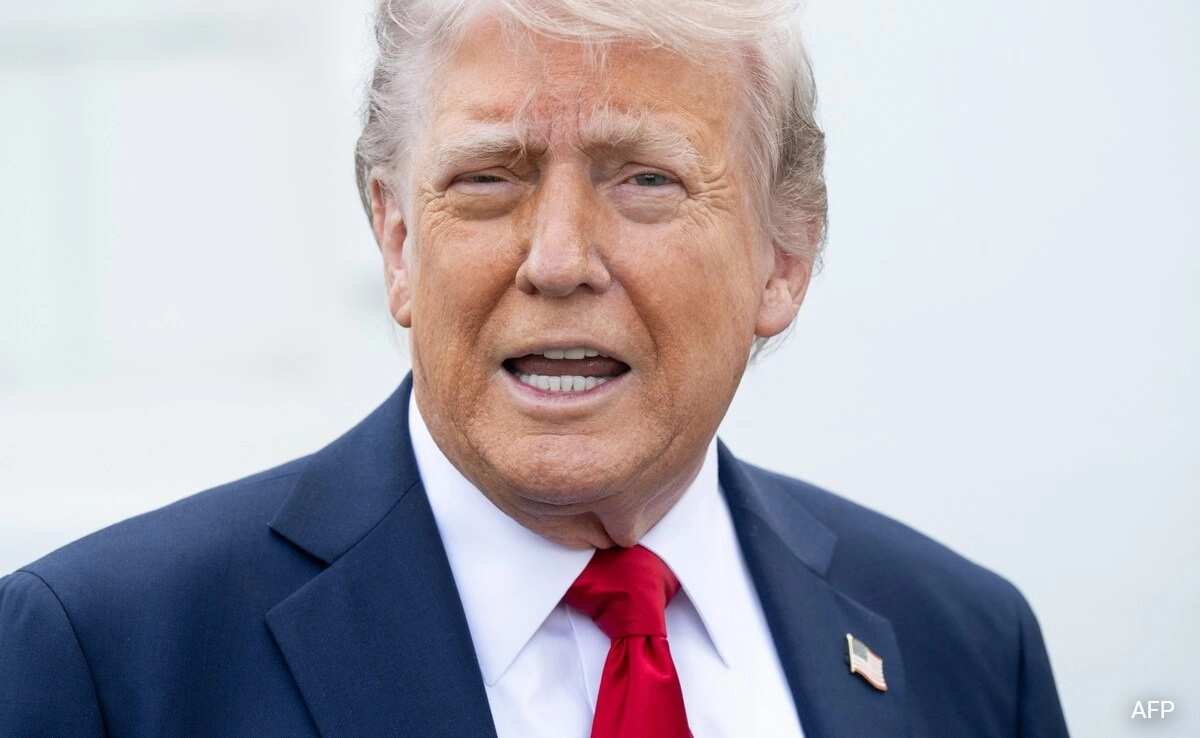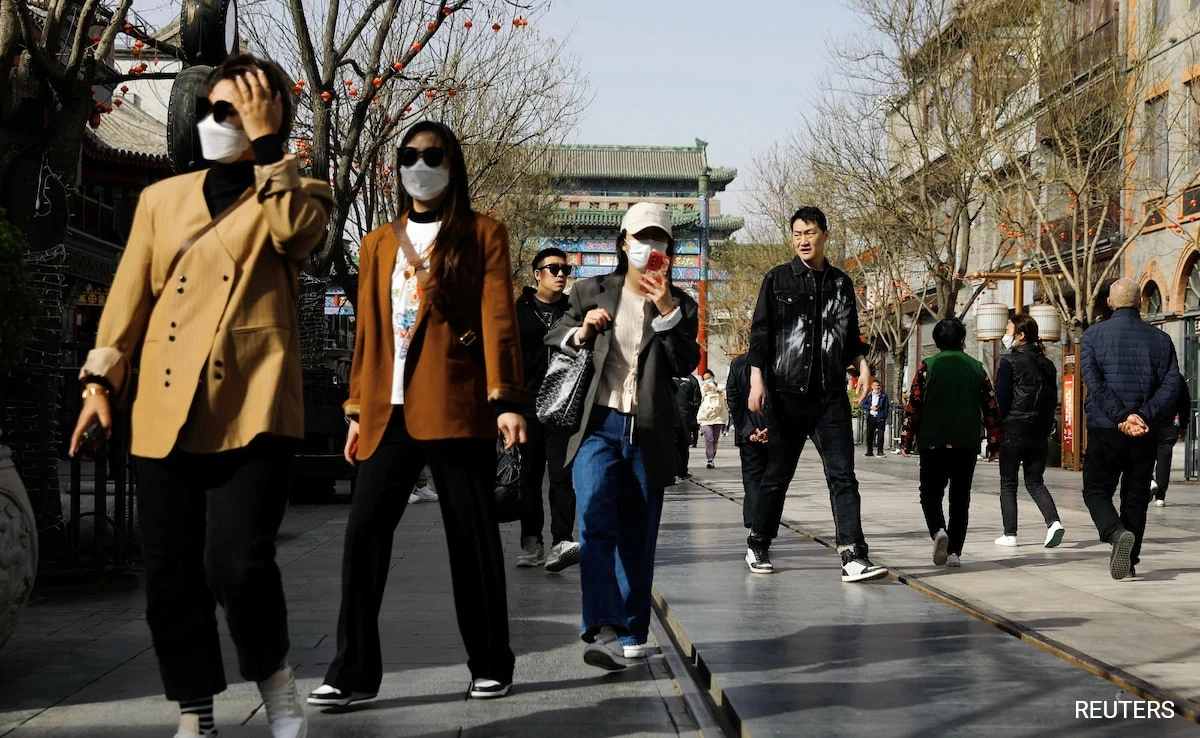In the early days of Donald Trump’s presidency, the United States witnessed significant shifts in its approach to combating disinformation. The first 100 days of his administration marked a pivotal moment, as various anti-disinformation measures that had been put in place under previous administrations began to unravel. The focus on countering false narratives and misinformation, particularly in the digital space, faced substantial challenges. Trump’s administration often dismissed or downplayed the threats posed by disinformation, framing them instead as a media fabrication. This dismissal led to a decrease in the urgency with which government agencies addressed the issue, creating a vacuum that allowed misinformation to proliferate unchecked.
One of the primary factors contributing to the erosion of anti-disinformation efforts during this period was the administration’s stance on social media platforms. Trump frequently used these platforms to communicate directly with the public, often bypassing traditional media channels. While this strategy allowed him to reach a large audience, it also blurred the lines regarding accountability for the information disseminated. The administration’s reluctance to engage with or regulate social media companies meant that many false claims continued to spread without scrutiny. As a result, the public became increasingly susceptible to misleading narratives, particularly surrounding critical issues such as public health and electoral integrity.
Moreover, the political climate during Trump’s first 100 days further complicated the landscape of disinformation. The administration’s frequent attacks on the media and its labeling of unfavorable coverage as “fake news” contributed to a broader erosion of trust in journalistic institutions. This environment fostered a sense of skepticism towards credible sources of information, making it easier for misleading narratives to gain traction. As various factions within the political sphere amplified these falsehoods, the need for coordinated efforts to counter disinformation became more pressing, yet increasingly difficult to achieve.
In summary, the initial phase of Trump’s presidency saw a pronounced decline in the effectiveness of U.S. anti-disinformation measures. The administration’s approach to social media, coupled with a hostile stance towards the press, created an environment conducive to the spread of misinformation. As the country grappled with profound challenges, including public health crises and contentious political debates, the absence of robust disinformation guardrails left the public vulnerable. The implications of these early decisions would resonate throughout Trump’s presidency, significantly shaping the discourse around misinformation and its impact on society.




